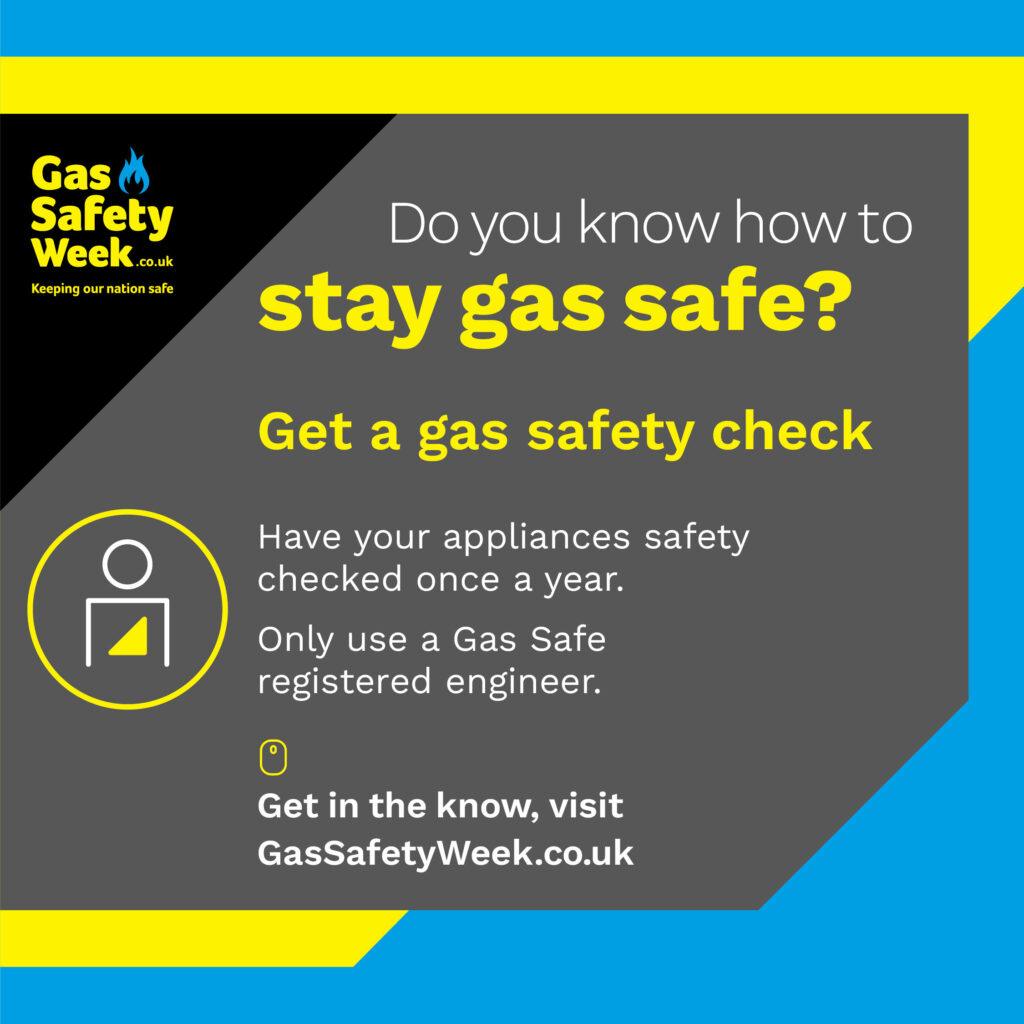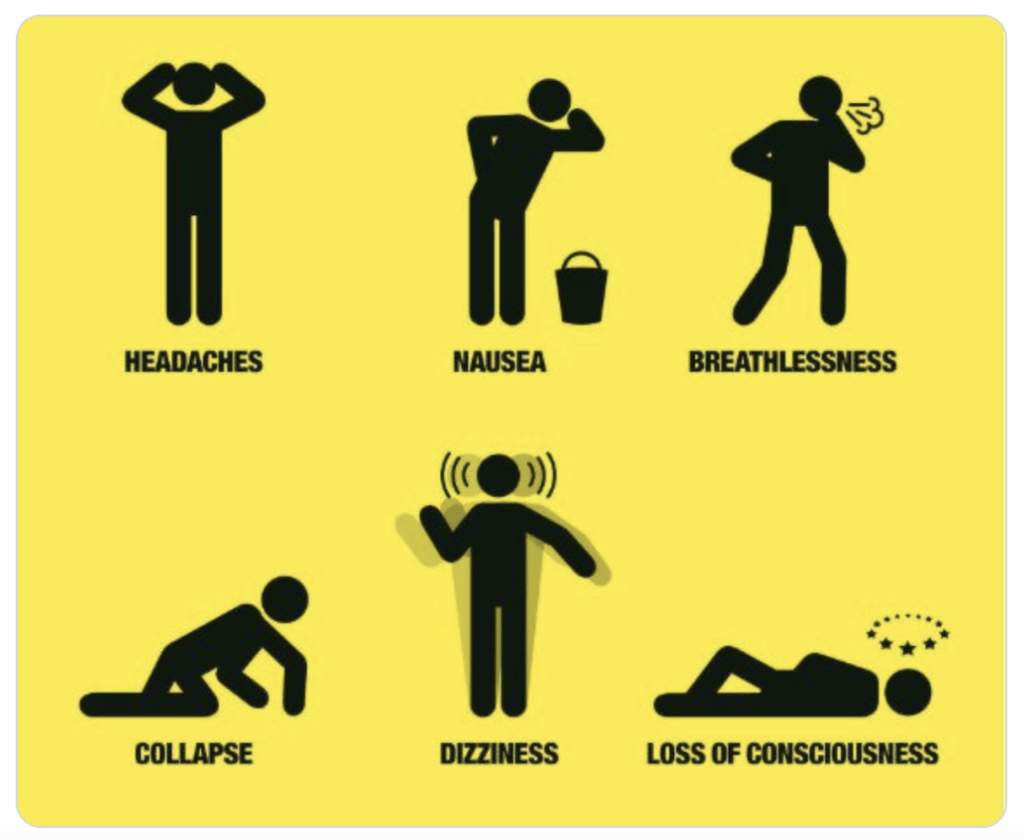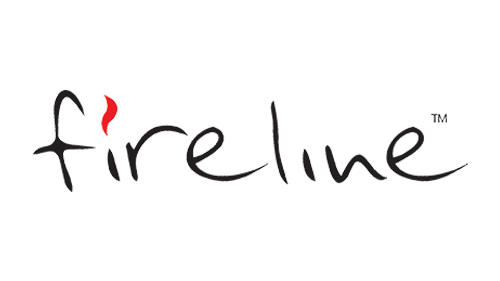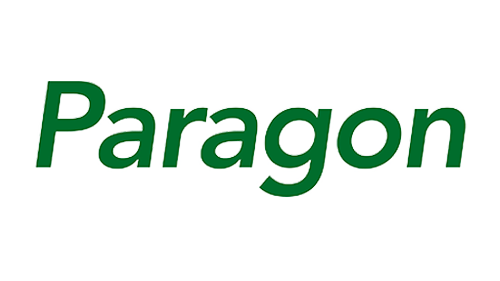Gas is an essential energy source for many homes, powering appliances such as gas stoves, gas fires, water heaters, and central heating systems. While convenient and efficient, gas can also pose serious safety risks if not handled properly. Understanding gas safety is essential for preventing accidents and making sure you have a safe, secure home environment. Here’s what you need to know about gas safety in the home.
Common Hazards Associated with Gas:
Gas Leaks: A gas leak can occur due to faulty appliances, damaged pipes, or poor installation. Gas leaks are dangerous because they can lead to explosions or fires if exposed to an open flame or spark.
Carbon Monoxide Poisoning: Faulty or poorly ventilated gas appliances can produce carbon monoxide (CO), a colourless, odourless gas that’s highly toxic. Symptoms of CO poisoning include headaches, dizziness, nausea, and confusion.
Fires and Explosions: Improper use or maintenance of gas appliances can result in fires or explosions, endangering lives and causing significant property damage.
Gas Safe Register
Each year, in September, the Gas Safe Register runs Gas Safety Week, which is designed to raise awareness and highlight the importance of gas safety in the home – while it’s important all of the year, September is when most households will be switched on the heating, after having it switched off over the summer months. Below is an advert designed to be shared on social media from the last Gas Safety Week, which took place from 9th to 15 September 2024.

A gas engineer needs to be on the Gas Safe Register before they do work on your gas appliance. You can search for an engineer here.
Essential Gas Safety Tips
1. Install and Maintain Appliances Properly
Always hire a Gas Safe registered professional to install, service, and repair gas appliances. Improper installation or maintenance can increase the risk of leaks and malfunctions.
2. Check for Warning Signs
Be vigilant for signs of gas appliance issues, such as:
Yellow or flickering flames instead of blue.
Soot or dark stains around appliances.
Unusual smells or sounds near gas equipment.
If you notice these signs, have the appliance inspected immediately.
3. Ventilation Matters
Ensure all gas appliances have adequate ventilation. Blocked vents can cause dangerous gases to build up indoors.
4. Install Gas and Carbon Monoxide Detectors
Install detectors in key areas of your home to alert you to gas leaks or CO buildup. Test the detectors regularly and replace batteries as needed.
5. Know How to Turn Off the Gas
Familiarise yourself with the location of your gas shut-off valve and how to turn it off in case of an emergency. This knowledge can prevent a small issue from escalating into a disaster.
6. Conduct Regular Inspections
Schedule annual inspections of your gas appliances, pipes, and connections by a qualified professional. Regular checks can identify and address potential problems before they become serious.
What to Do in Case of a Gas Emergency
If You Smell Gas:
1. Do not light matches, use lighters, or turn electrical switches on or off.
2. Open windows and doors to ventilate the area.
3. Evacuate the house immediately and call your gas provider or emergency services from a safe location.
If You Suspect Carbon Monoxide Poisoning:
1. Turn off all gas appliances and open windows to ventilate the space.
2. Leave the house and seek fresh air immediately.
3. Call emergency services and seek medical attention if symptoms persist.
Carbon Monoxide Poisoning Symptoms:

Common Safety Issues with Gas Fires:
Gas fires can malfunction for a number of reasons, often due to poor maintenance, improper installation, or just general wear and tear. Below are common ways a gas fire may malfunction:
1. Incomplete Combustion
Problem: If a gas fire doesn’t receive enough oxygen, it may produce incomplete combustion. This can generate harmful gases like carbon monoxide (CO) instead of carbon dioxide.
Signs: Yellow or flickering flames instead of steady blue ones, soot buildup, or a musty smell.
2. Clogged or Dirty Burners
Problem: Over time, debris, dust, or soot can clog the burners, affecting the flame’s quality and efficiency.
Signs: Uneven flames, reduced heat output, or sputtering noises.
3. Faulty Thermocouple
Problem: The thermocouple is a safety device that shuts off the gas supply if the pilot light goes out. If it malfunctions, it might fail to shut off the gas, leading to a dangerous buildup.
Signs: Pilot light won’t stay lit, or gas continues flowing when the flame is out.
4. Pilot Light Issues
Problem: A weak or extinguished pilot light can prevent the gas fire from functioning. This can happen due to drafts, dirt buildup, or a faulty thermocouple.
Signs: Difficulty igniting the fire or the fire not staying lit.
5. Gas Leaks
Problem: Damaged or worn-out gas lines and seals can cause leaks, which pose serious safety risks.
Signs: A sulfur or “rotten egg” smell, hissing sounds near the appliance, or dizziness and nausea in occupants.
6. Blocked Flue or Ventilation Issues
Problem: A blocked flue or improper ventilation can trap harmful gases inside the home instead of directing them outside.
Signs: Staining around the appliance, smoke or fumes entering the room, or signs of carbon monoxide poisoning.
7. Faulty Ignition System
Problem: The ignition system may fail due to electrical or mechanical issues, preventing the gas fire from starting properly.
Signs: Clicking sounds without ignition or repeated attempts needed to light the fire.
8. Overheating or Cracks in Components
Problem: Over time, high temperatures can damage components such as ceramic logs, glass panels, or heat exchangers, leading to unsafe operation.
Signs: Visible cracks, discoloration, or excessive heat around the appliance.discolouration
The above points are general points, for an exact diagnosis, please consult a Gas Safe Register professional.
By understanding the risks and following these safety tips, you can protect your family and home from potential hazards. Regular maintenance and the use of safety devices like CO detectors can make all the difference in preventing accidents. Stay informed, stay prepared, and ensure your home is a safe haven for everyone.








